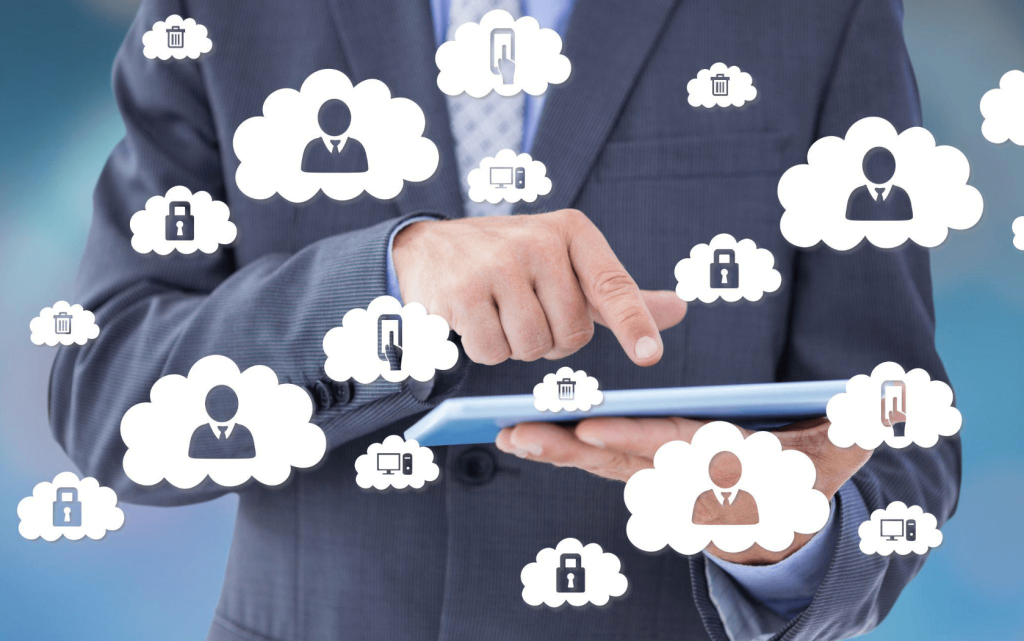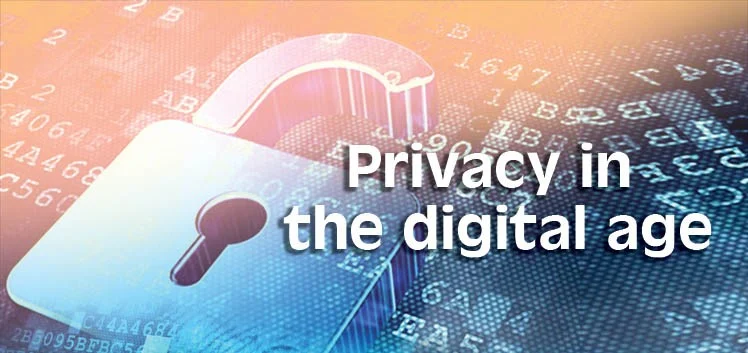One of the most popular trends in the era of online education and tutoring is metaverse. For the construction of a metaverse education platform, some of the biggest educational platforms have already teamed together with their technical partners. Due to a stronger response from the general public, the trend of holding metaverse classes has been gradually evolving over the past several months and will intensify in 2023.
What Future Secrets Are There?
Better interaction is now possible thanks to metaverse development. Today, students can enter a 3D virtual classroom as an avatar and stand face to face with the instructor to understand intricate physics theories, much as in a traditional classroom. Most likely, 2023 will see an increase in innovation in the teaching-learning process. The metaverse is anticipated to rank among the top ten strategic technological developments in 2023, according to Garter. By 2026, it forecasts that 25 out of every 100 people will spend at least an hour in the metaverse.
These statistics data unambiguously show that a number of enterprises are going to use the potential of metaverse technology for a variety of tasks, including managing corporate events, conducting virtual training, building metaverse marketplaces, and instructing students. It will create new avenues for enterprises operating on a global scale to generate cash while also bringing education to isolated regions. We are grateful for the metaverse education platform development services, who devote a lot of work to enhancing the students’ immersive learning environment.
When the Covid19 outbreak was at its worst, schools and institutions were locked down, but teachers continued to actively teach their pupils online using well-liked mobile applications like Zoom and Google Meet. In addition to that, we have seen how online tutoring became popular a few years ago. The students will no longer have to go through tedious lectures on numerous disciplines because times have changed and we are now more focused on the creation of the metaverse. Instead, they can explore the metaverse to put what they have studied in the books into practice.
As 2023 has already arrived, anyone working on the construction of the metaverse education platform will need to be fully versed in data science, deep learning, and artificial intelligence. When students are taking classes in the metaverse, it will be easier for the teachers to comprehend their motions. It’s crucial to realize that deep learning methods are useful in this situation since they help a computer recognize the gesture and track eye movements. In a sense, it gives the computer acute eyes and facilitates its understanding of the emotions concealed in body language. Thus, by enabling an immersive interface and lifelike AI narrative, it aids in the creation of the metaverse.
Platforms for education in the metaverse have the potential to keep students interested.
Teachers now have more ability in the metaverse to engage pupils in interesting activities that aren’t achievable in conventional classroom settings. It’s simpler to switch instantly between virtual worlds. For instance, a physics instructor can assist the students in going to the lab right after following a concept discussion and including them in the pertinent experiment. Instead of cramming definitions, it will aid pupils in better understanding the facts. Similar to this, after reading a chapter on it, a history teacher can immediately move the class to a historical site. However, none of these activities are actually feasible; they can only be done in the virtual world. Many thanks to the technologists who regularly conduct research in the area of developing metaverse education platforms and enable incredible features to improve the effectiveness of the teaching-learning process.
Education De-Democratization
By uniting students from urban areas and suburban areas on a single platform, metaverse development company have contributed to the democratization of education. They will share a virtual environment where the teachers can better assist them in resolving challenges in the real world. Nobody in the past, not even the technologists, could have predicted that something like this would be conceivable one day.
Aids With Experiments
Today, a few Indian schools have installed AR/VR labs, allowing students to participate in practical lessons from any place. It implies that for the students to comprehend the rules of physics, they are not required to be physically present in the lab or the classroom. The major advantage is that biology students won’t need to actually dissect a frog to comprehend the organ system. Dissecting animals in laboratories is no longer a popular concept with animal activists and organizations opposed to cruelty to animals because it is so brutal. Students can deconstruct them using the construction of a metaverse education platform without actually harming the subjects.
Greater Flexibility is offered
The methods used to educate students have drastically changed as we gradually return to normal following the Covid19 Pandemic, which kept us mostly confined to our homes. Students were still studying and going to class during the time, but they weren’t in school. With metaverse, students can experience the same thing—or even better—since they can participate in the classes inside the virtual environment and communicate with their classmates and teacher without ever leaving their beds. Isn’t that thrilling? Can you image what possibilities existed a few years ago? Well. That is the rapidly expanding magic or metaverse.
A Conclusion
The metaverse is a tool that allows people to have lifelike experiences without actually experiencing them since technology is always developing. Anyone can go to a renowned shopping center, hike through snow-covered mountains, wander about on the surface of Mars, or perform any other action that would be impossible in real life. Many businesses are utilizing the metaverse’s possibilities for marketing and sales.
Development of metaverse education platforms is yet another area that is expected to grow significantly in popularity between 2023 and beyond. For better teaching-learning processes, a few education systems have already integrated metaverse.
You can use this technology in a variety of ways with the assistance of Suffescom Solutions, a master of blockchain technology and expert in metaverse creation. Get in touch with the specialists right away!
















